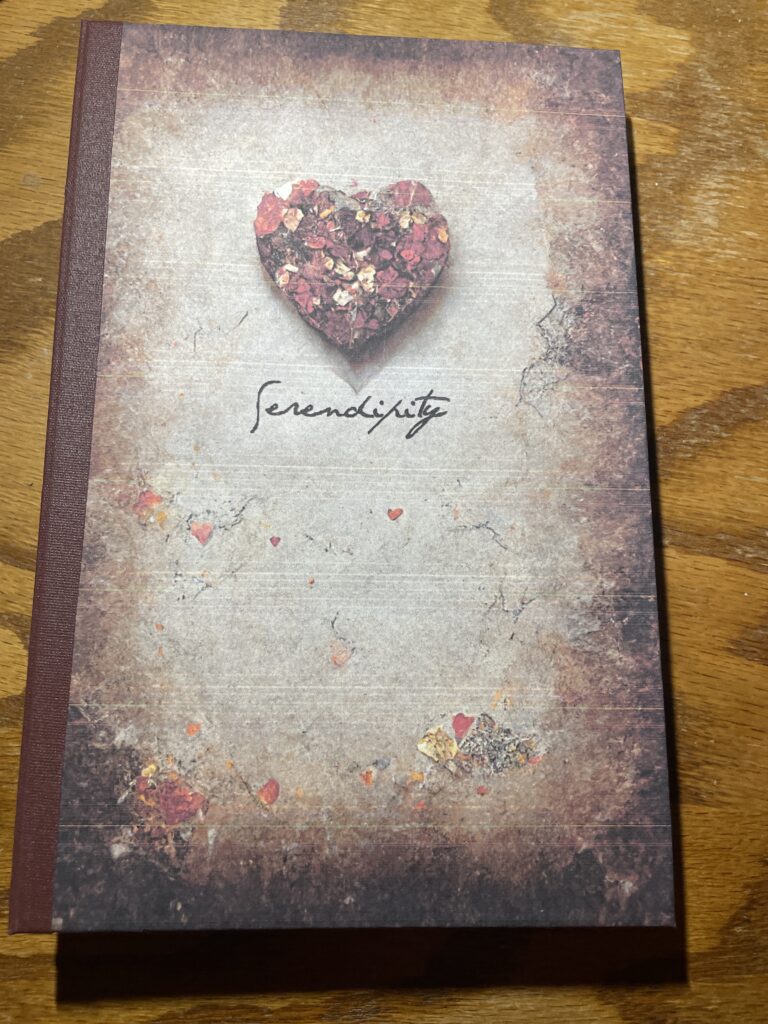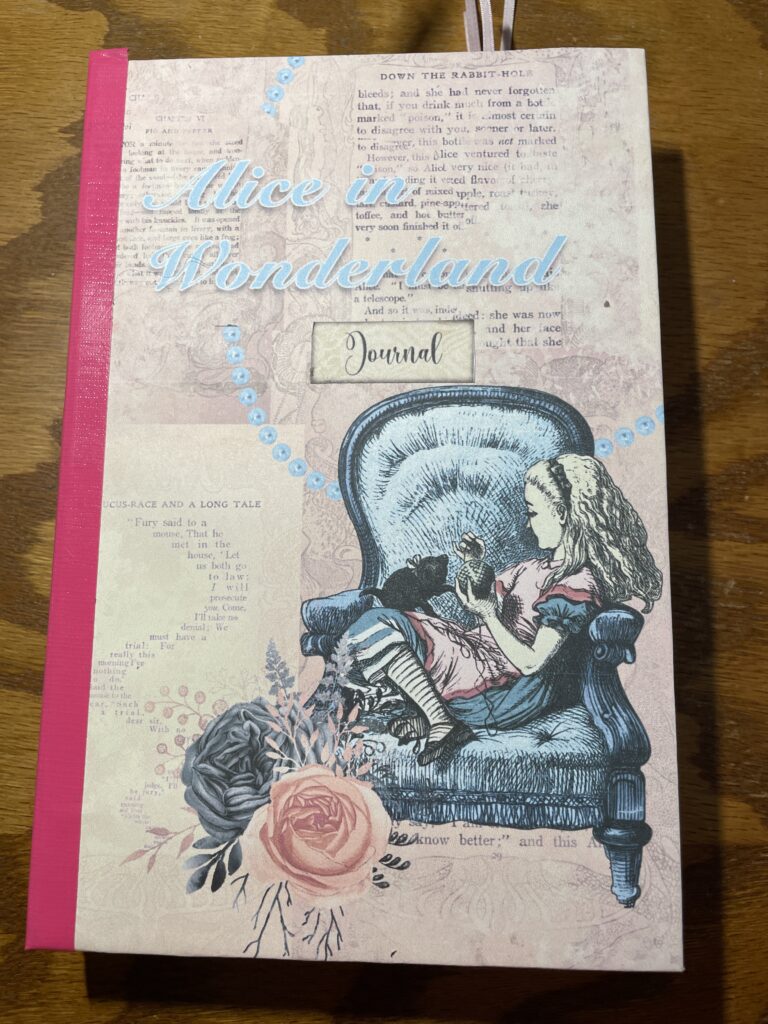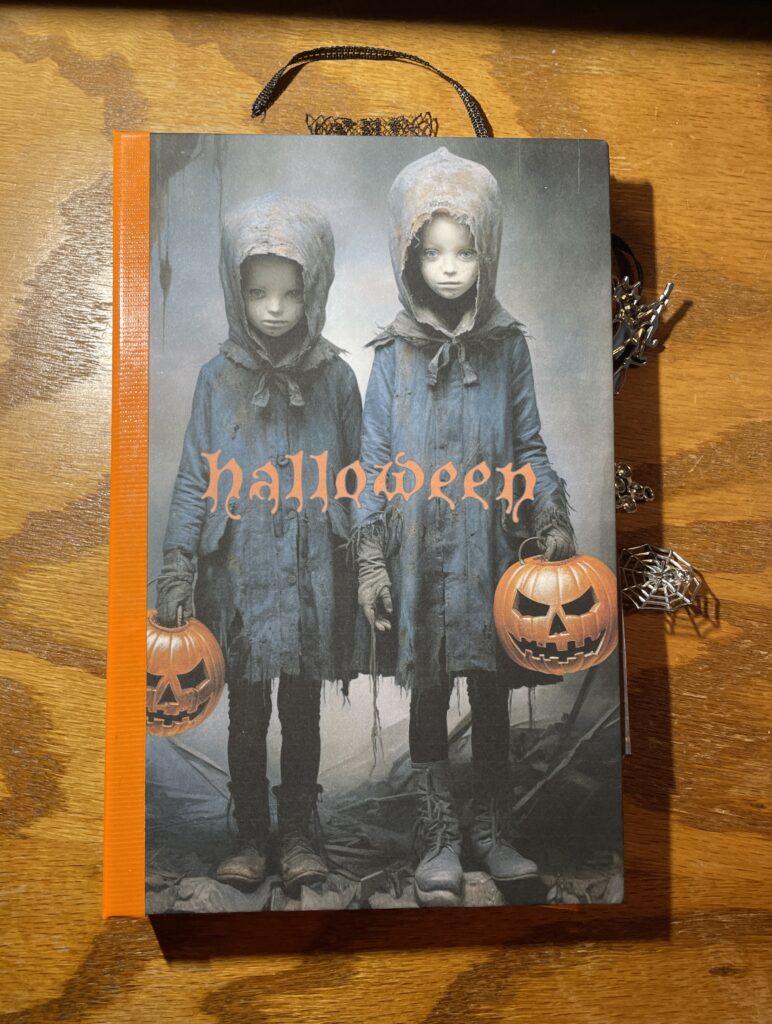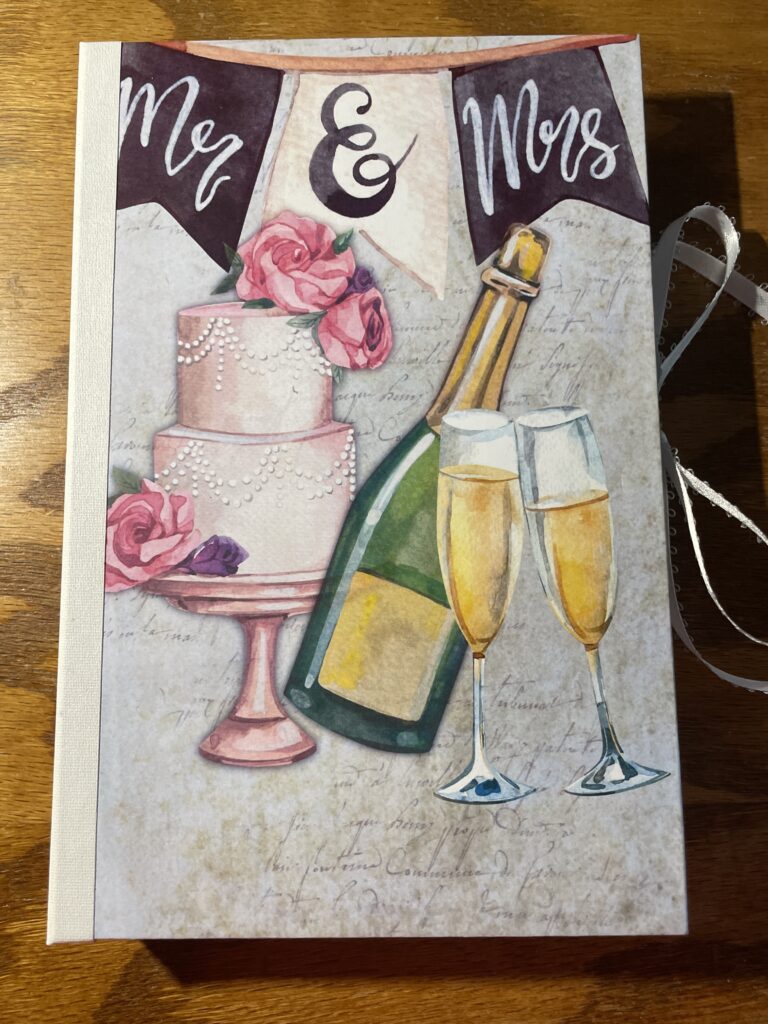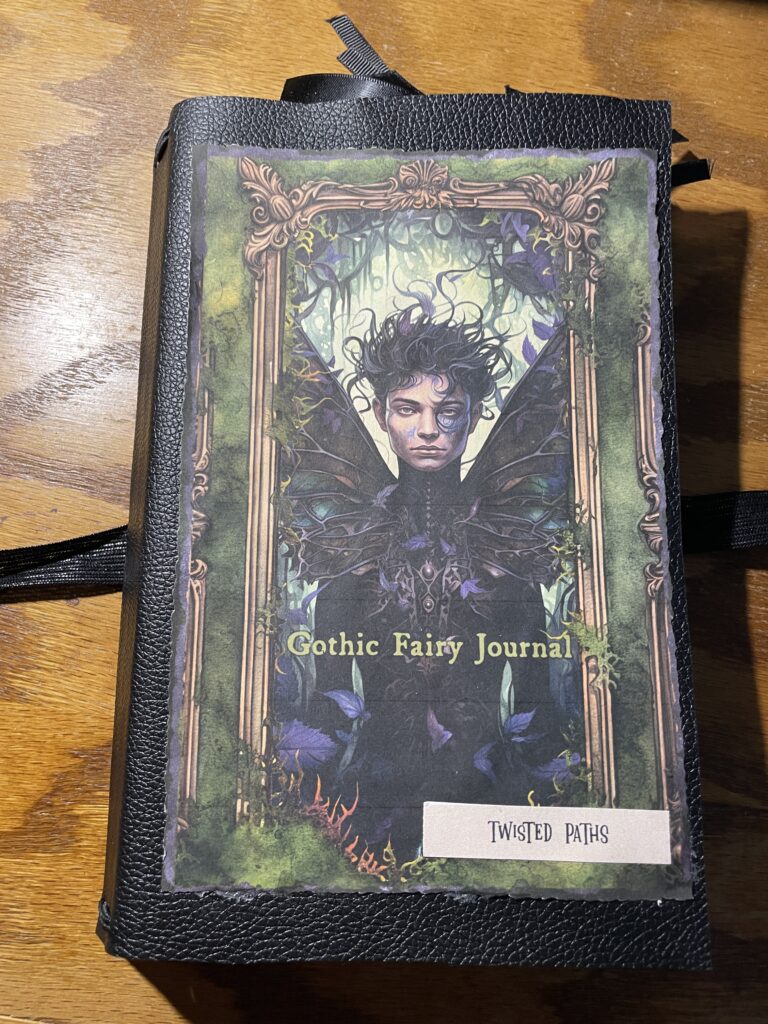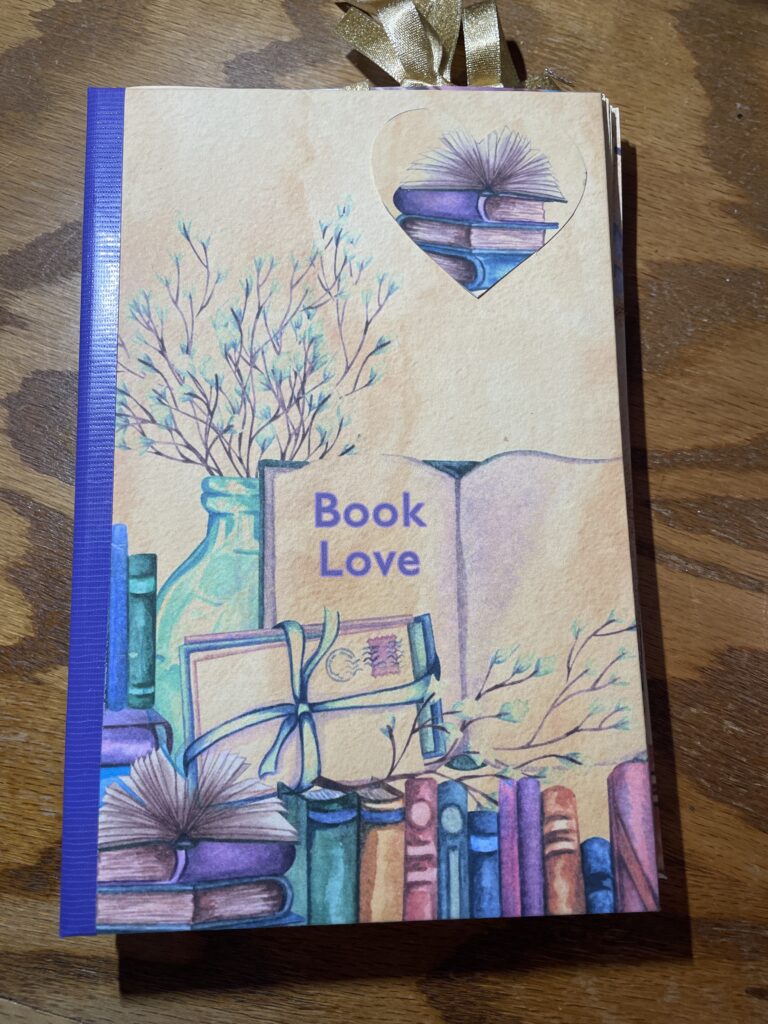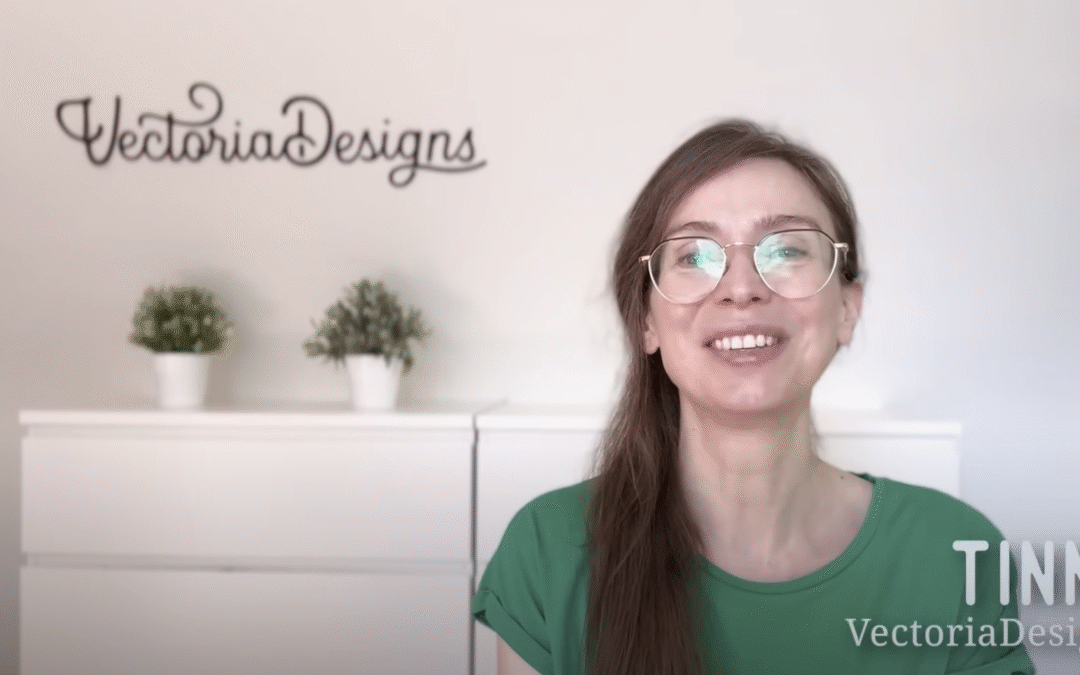
How to Keep your journal work neat
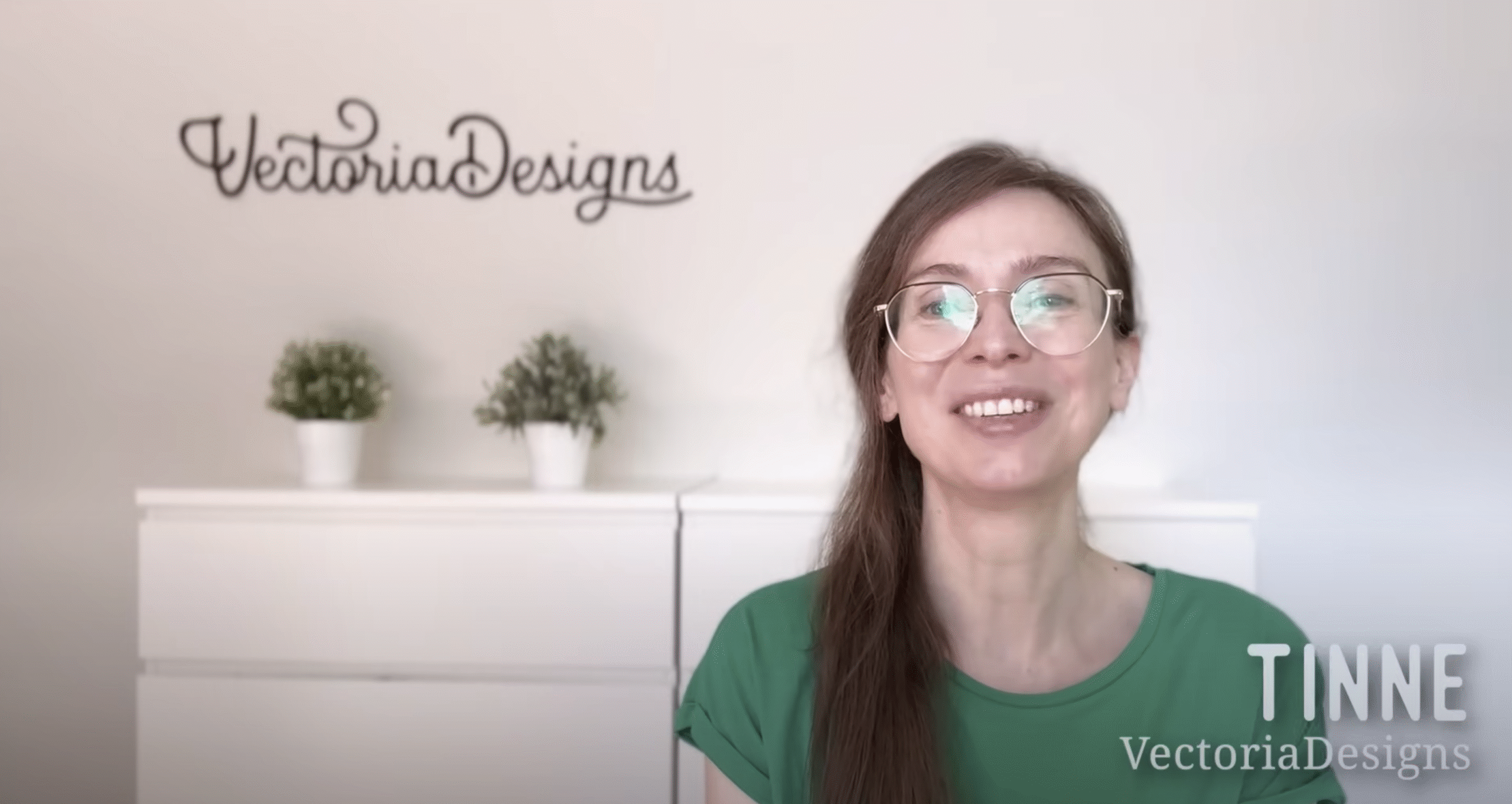
I just came across this video by an amazing designer, who share’s some great tips for doing your best work when making journals. It’s short, too!


I just came across this video by an amazing designer, who share’s some great tips for doing your best work when making journals. It’s short, too!
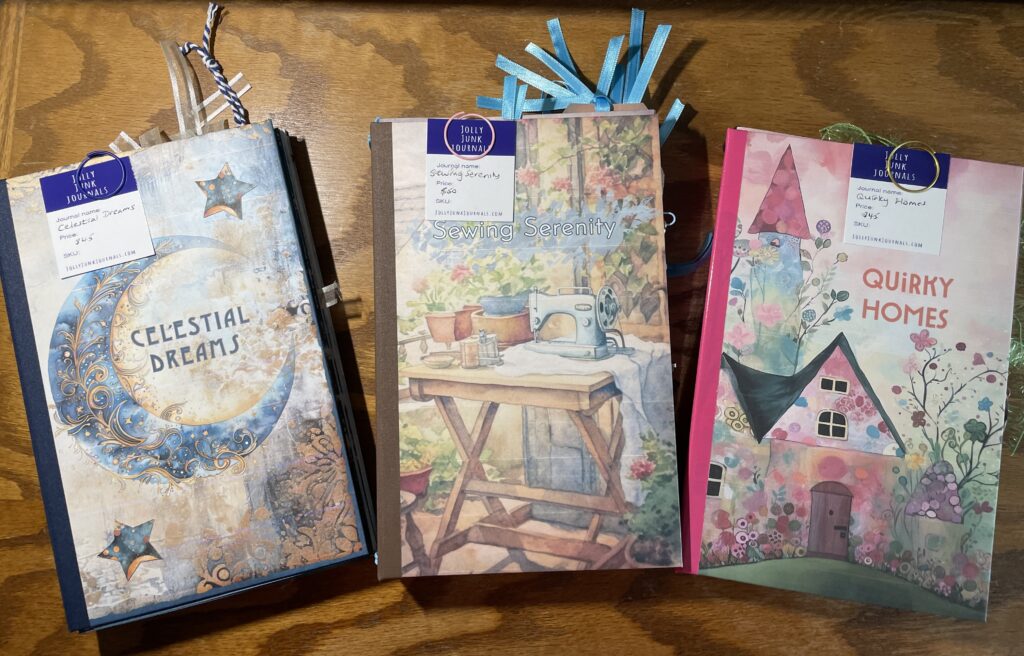

Junk journals have emerged as a captivating form of creative expression, offering a unique blend of nostalgia, artistry, and personal storytelling. Unlike traditional journals, which often come with blank pages waiting to be filled with linear thoughts, junk journals invite an unconventional approach to journaling that is both visually stimulating and deeply personal.
One of the most intriguing aspects of junk journals is their eclectic nature. Composed of repurposed materials—such as old receipts, postcards, fabric scraps, and vintage papers—these journals are a feast for the eyes. Each element tells a story, encouraging the viewer to engage with the content on a deeper level. The randomness of the materials sparks curiosity, making it enjoyable to flip through the pages and discover hidden gems. This tactile experience transcends mere writing; it becomes an exploration of memories, emotions, and creativity, allowing for a more holistic journaling experience.
Furthermore, junk journals provide an opportunity for non-linear journaling. Rather than adhering to a strict format, users can express themselves freely, combining writing, drawing, collaging, and even painting. This flexibility fosters a sense of playfulness and imagination, enabling individuals to document their lives in a way that feels authentic and liberating. Whether using the journal as a daily diary, a scrapbook of memories, or an art project, the possibilities are endless, making it a versatile tool for self-expression.
In addition to being a personal outlet, junk journals make fantastic gifts. They are inherently thoughtful, as each journal is often handcrafted with care and intention. Giving a junk journal allows the recipient to embark on their own creative journey, providing them with a space to explore their thoughts and ideas in a unique way. Moreover, including personalized elements—such as a collection of shared memories or themed materials—adds an extra layer of sentimentality, making the gift even more special.
In conclusion, junk journals are not only intriguing to look at but also serve as a canvas for unconventional journaling practices. Their unique aesthetic and versatility make them appealing for personal use, while their handcrafted nature and potential for personalization make them exceptional gifts. In a world that often emphasizes conformity, junk journals celebrate individuality and creativity, inviting everyone to embrace their unique stories.
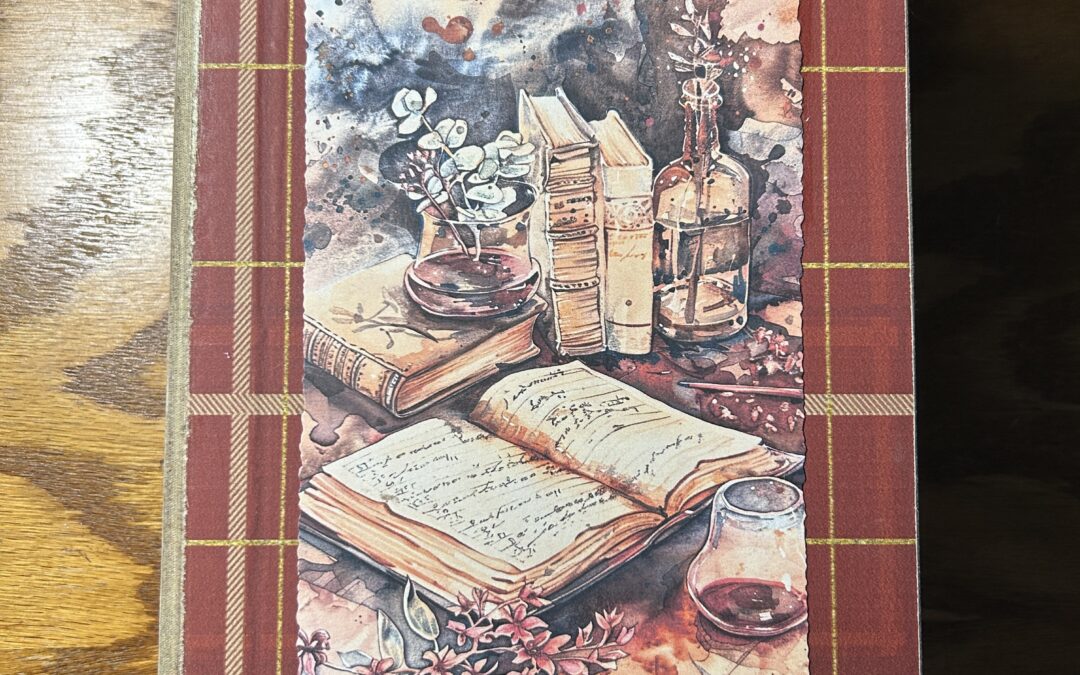
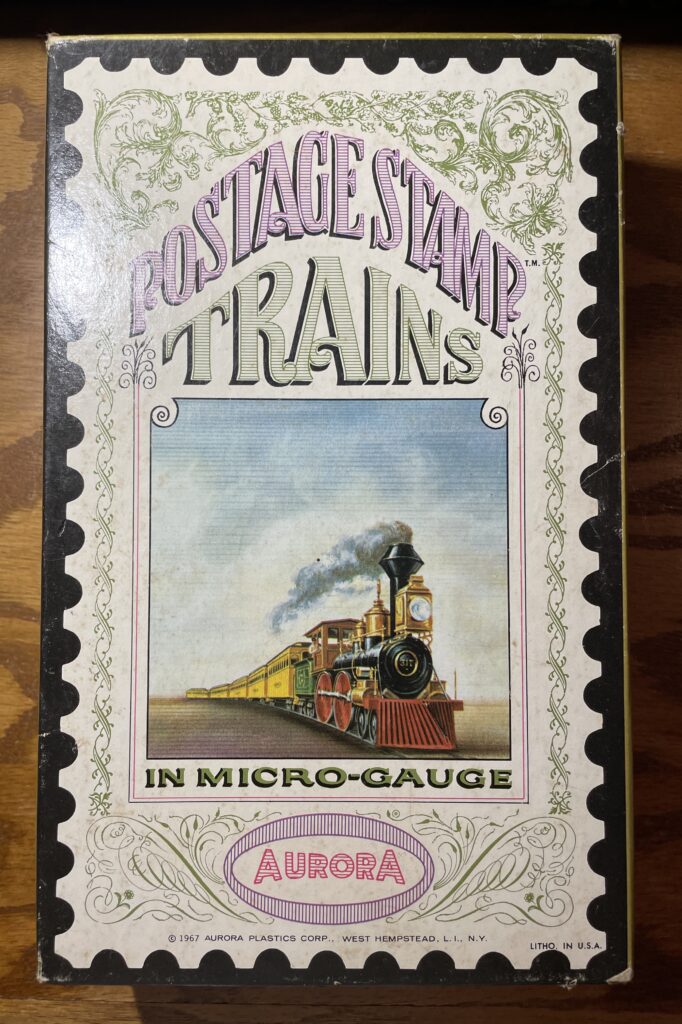
The third kind is more of a piece of art. It starts with a concept or artwork I find. This maybe images from a book or calendar, photos I’ve acquired, an idea from a book or tv show – there’s no real limit to what it could be. The end results are still evolving, but can be structurally more complex either way multiple fold outs, different shapes, altering the pages of an existing book, or created within a box with related items inside as well. For example a very plain journal is in a wooden box with a pen and ink. The ephemera is in envelopes so the journal is completely clear of distractions. An old box with a train set on it I recycled to add a journal with steam trains in it, and a small train set. It was sold within seconds of appearing. More recently I told a story of an actress and a soldier in WW1 France, using a black paper photo album. I added time and location specific ephemera, and love the way it tells the story of their romance
This journal comes in a wooden box I sourced, includes a plain journal with lots of writing space, a pen and ink, plus ephemera placed beneath that can be utilized.

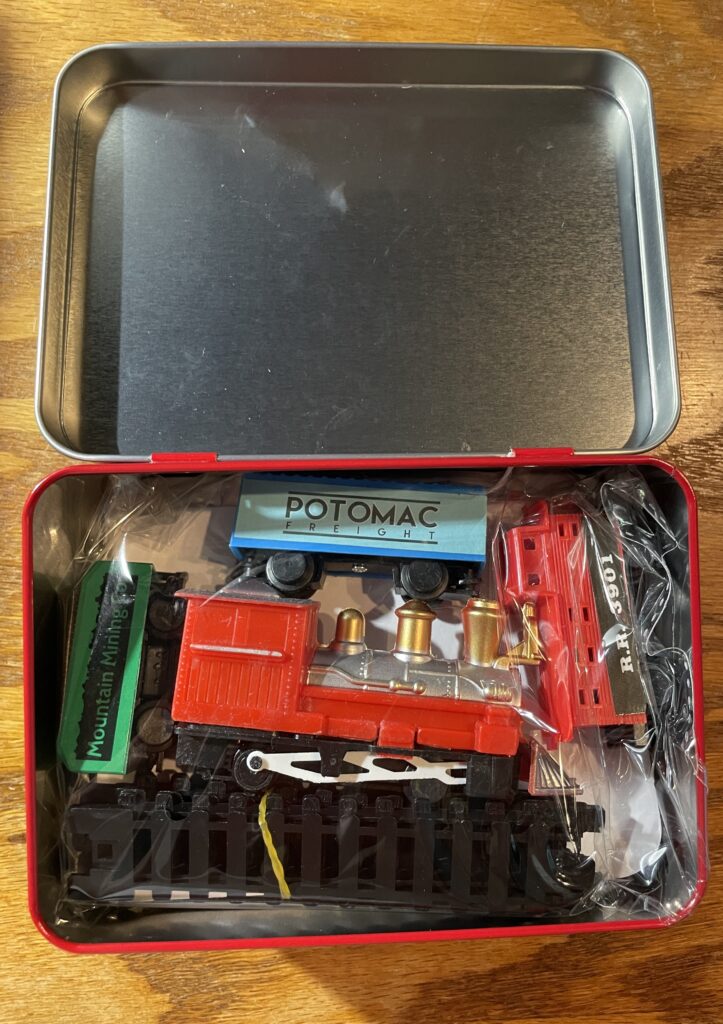
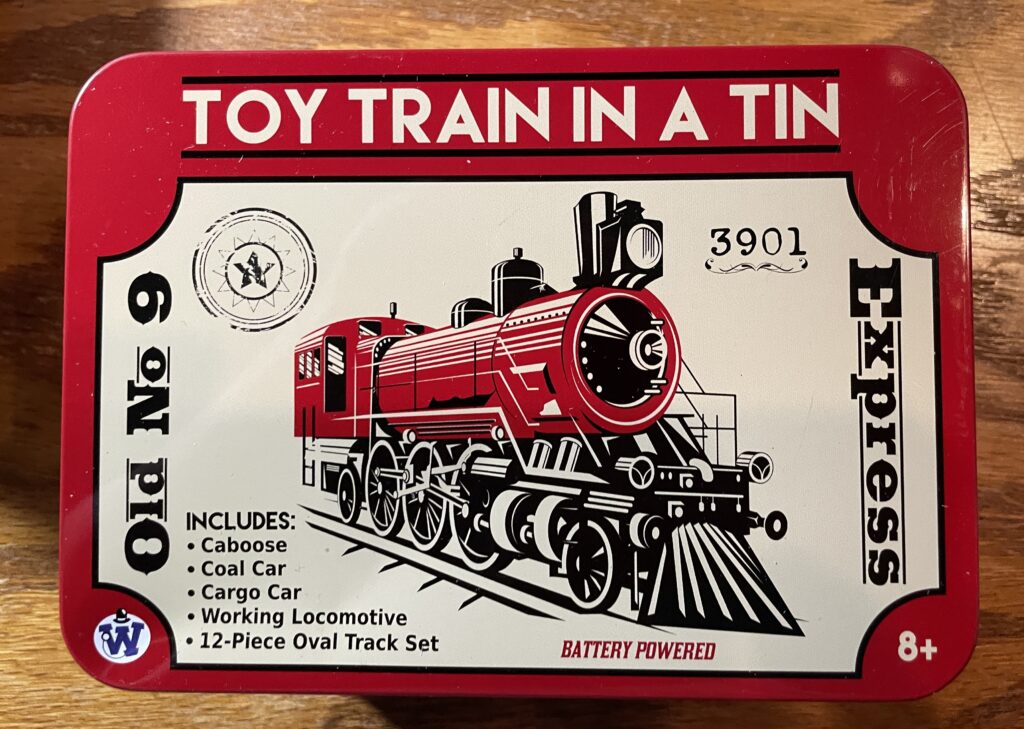
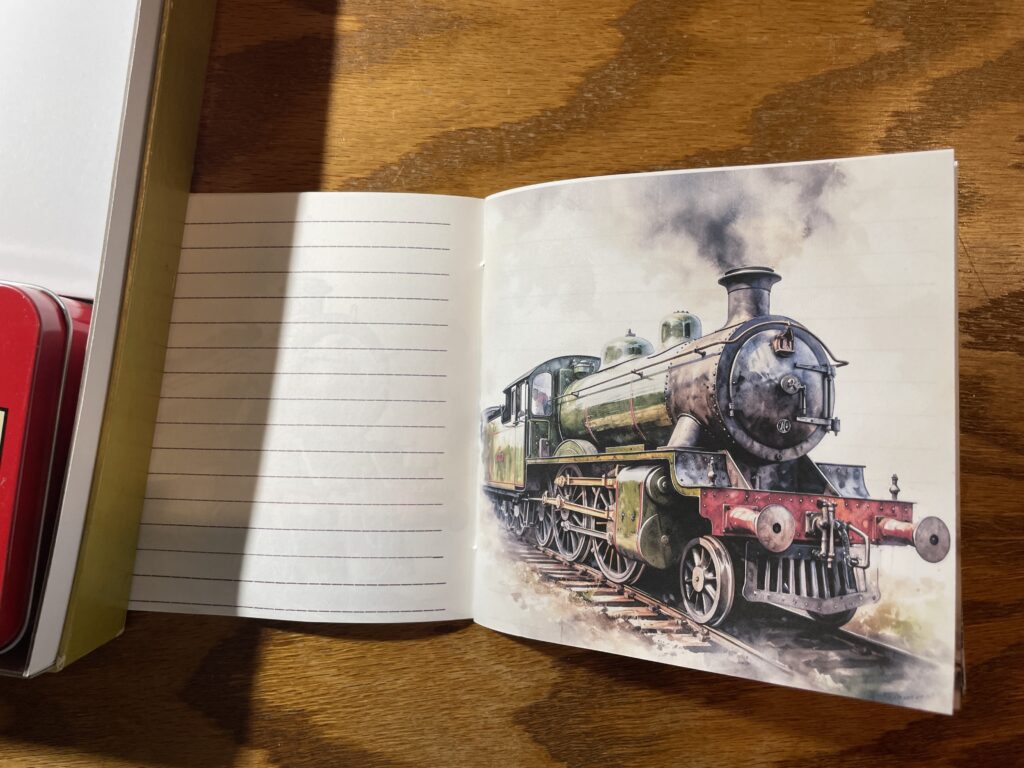
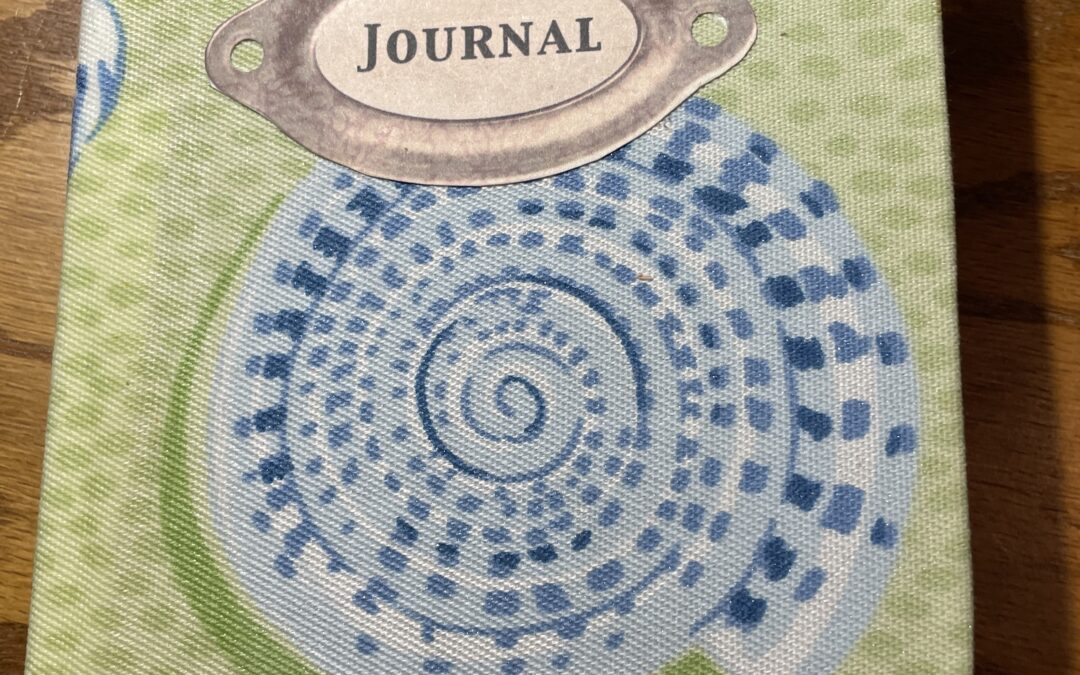
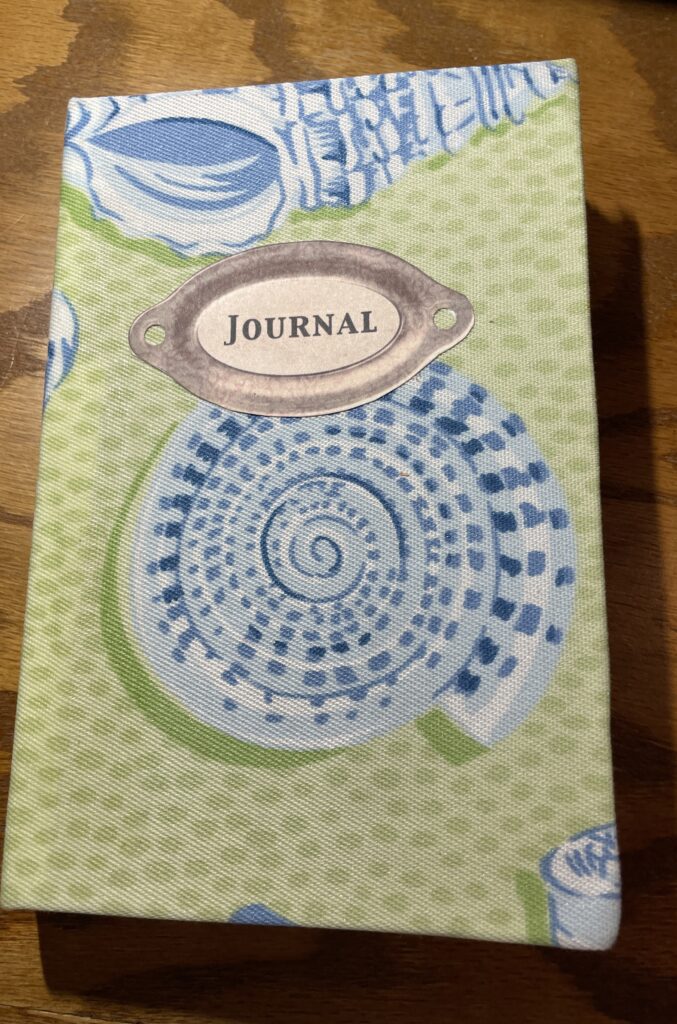
The next kind of journal I make is based on the traditional junk journal. Instead of rigid book boards for the cover and spine, I use crinkly delivery bags, boxes, and recycled cardboard to create covers. I do reinforce the spine from from the inside so it keeps its shape.
Inside I use a selection of pages, including tea dyed paper, pages from books and magazines, and any kind of older paper I can source that is evocative of a bygone era. I then add real (as opposed to printed) ephemera that I purchase online and find at thrift stores and yard sales. The covers are decorated, but they are neutral with no theme.
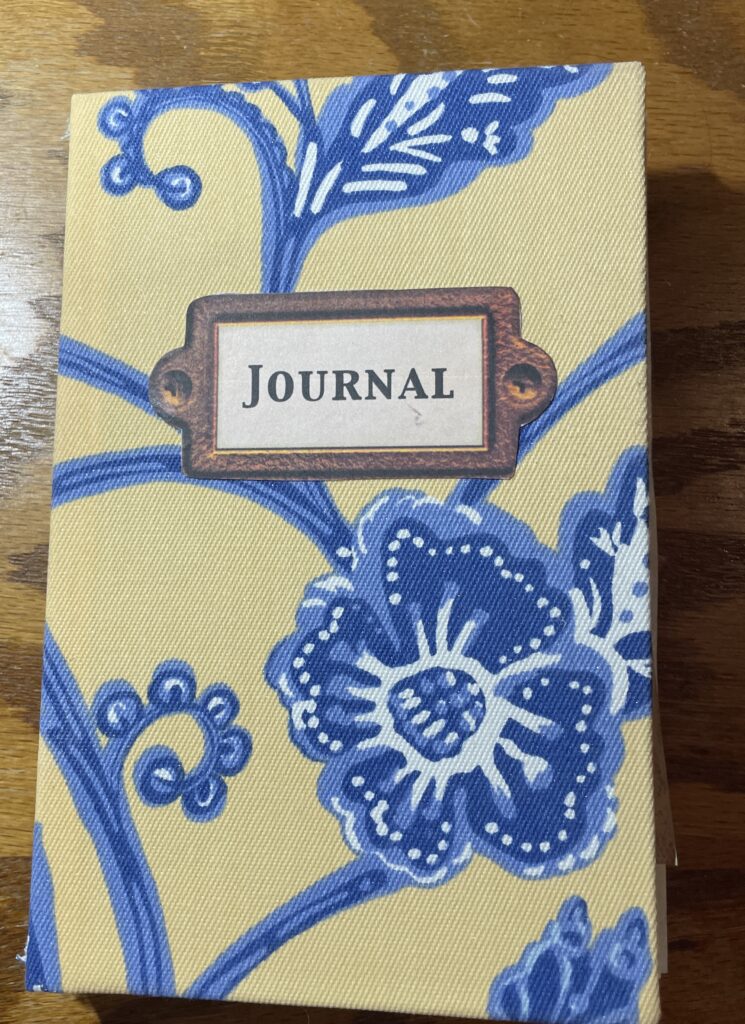
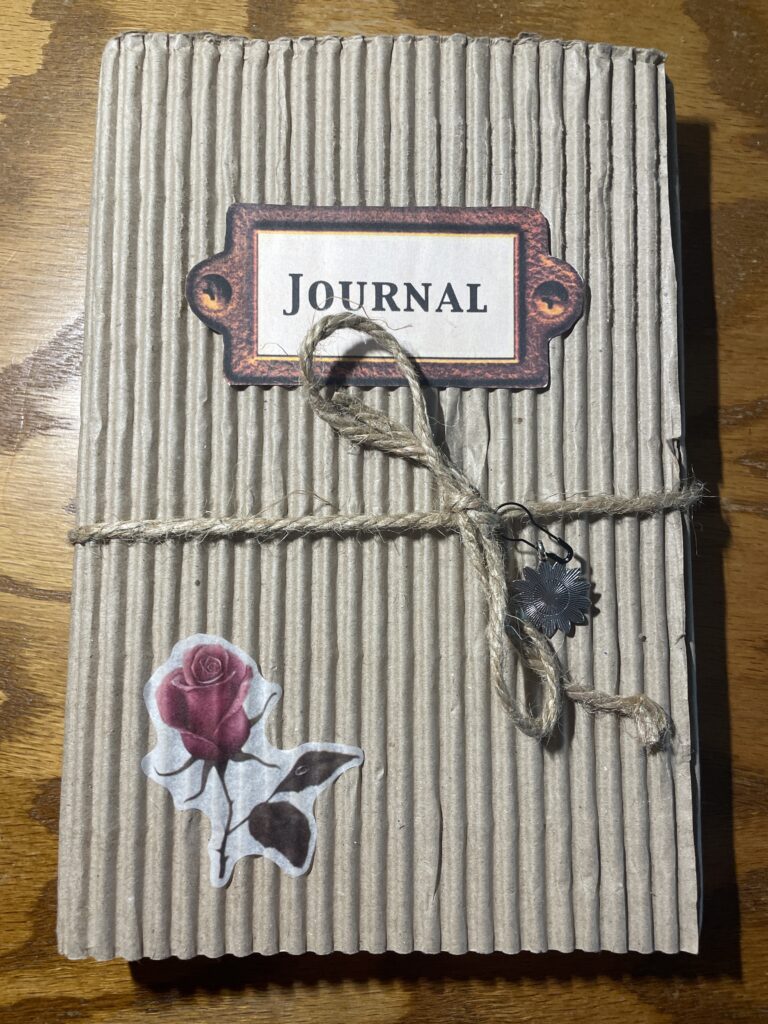
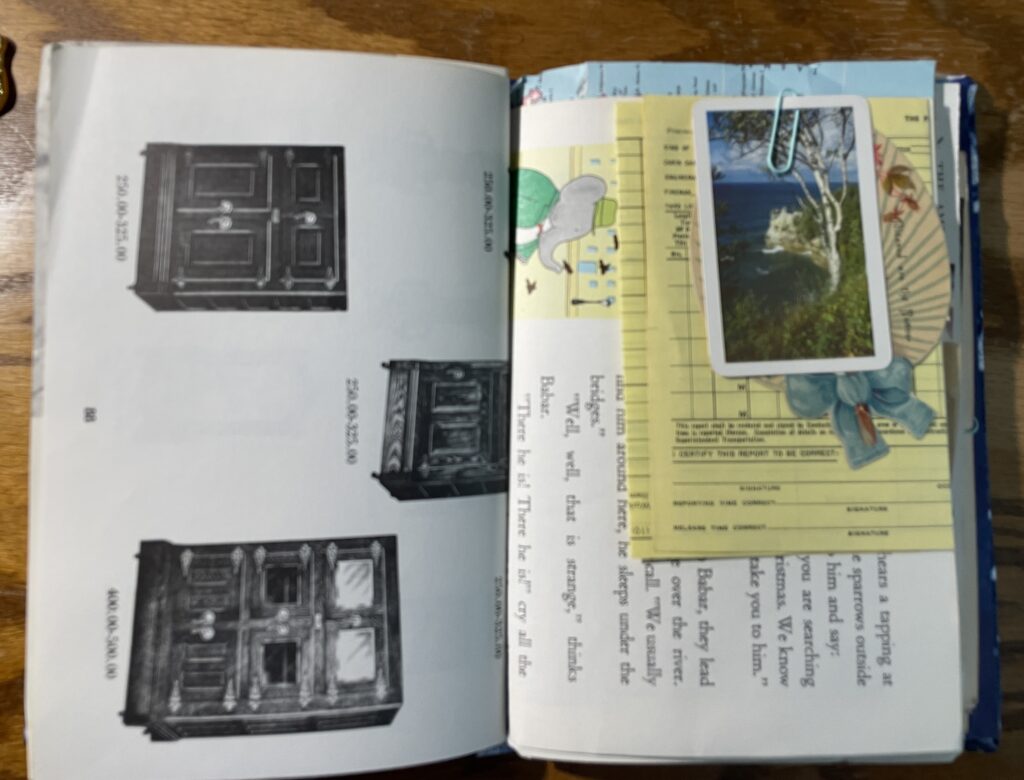
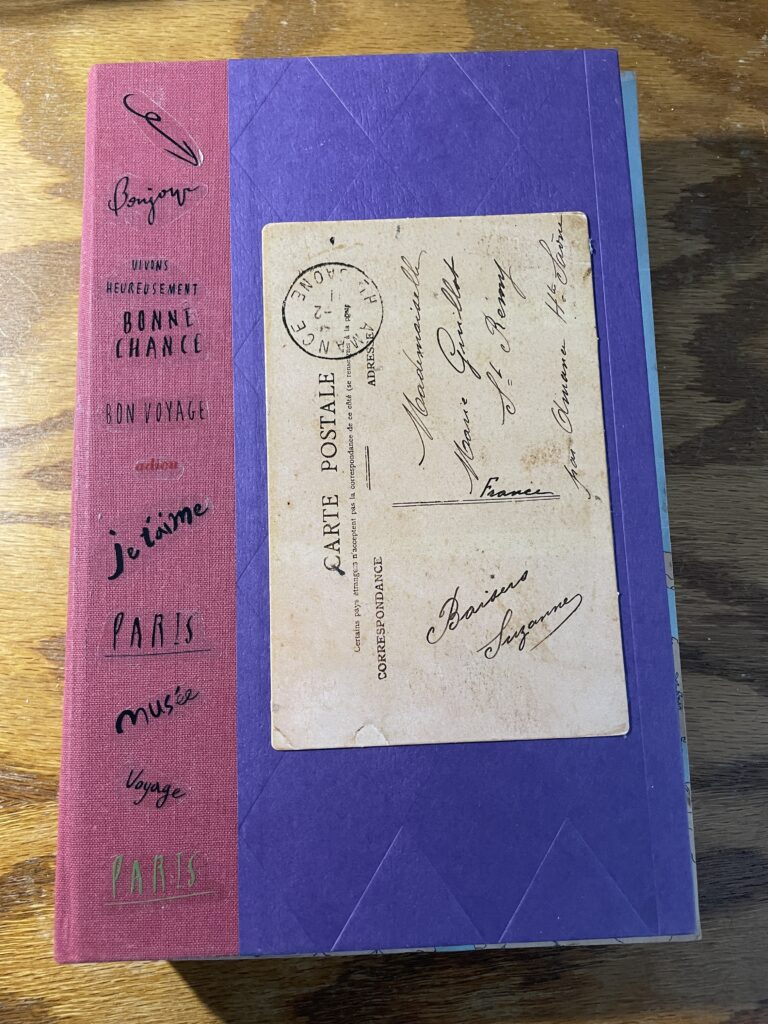
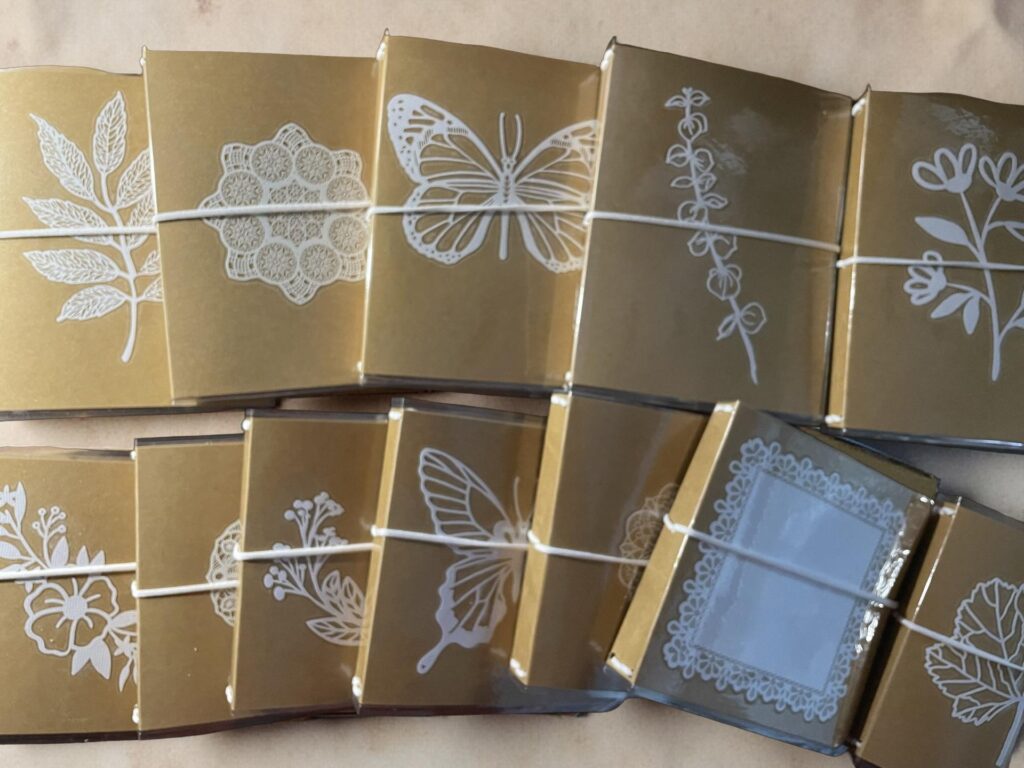
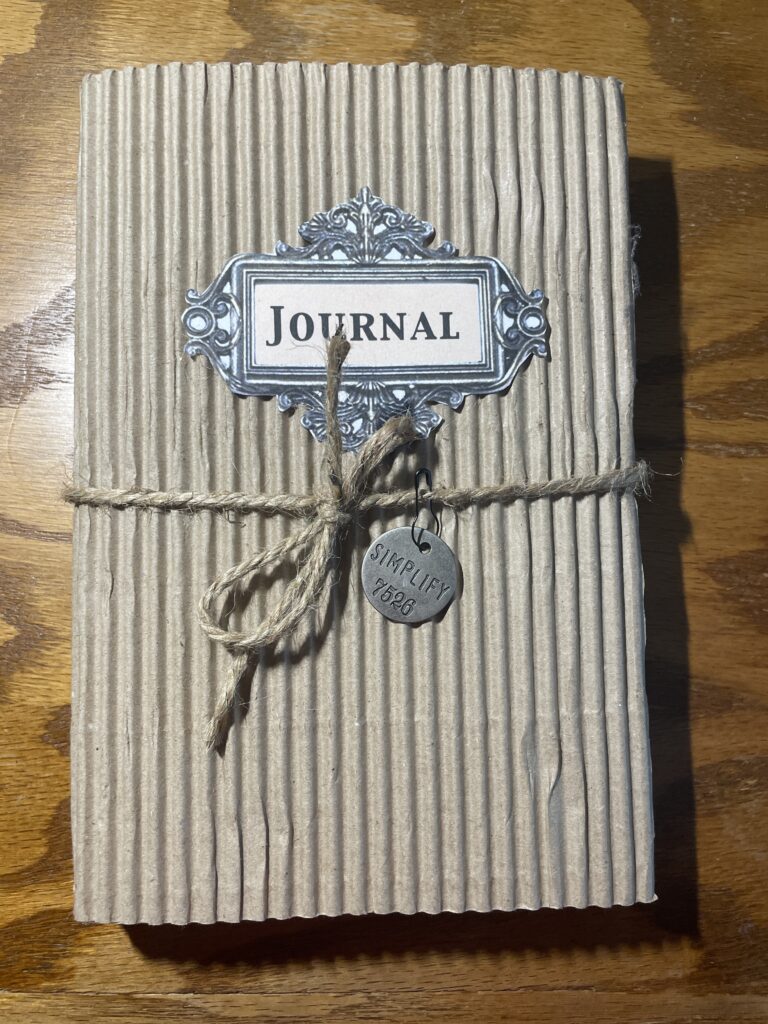
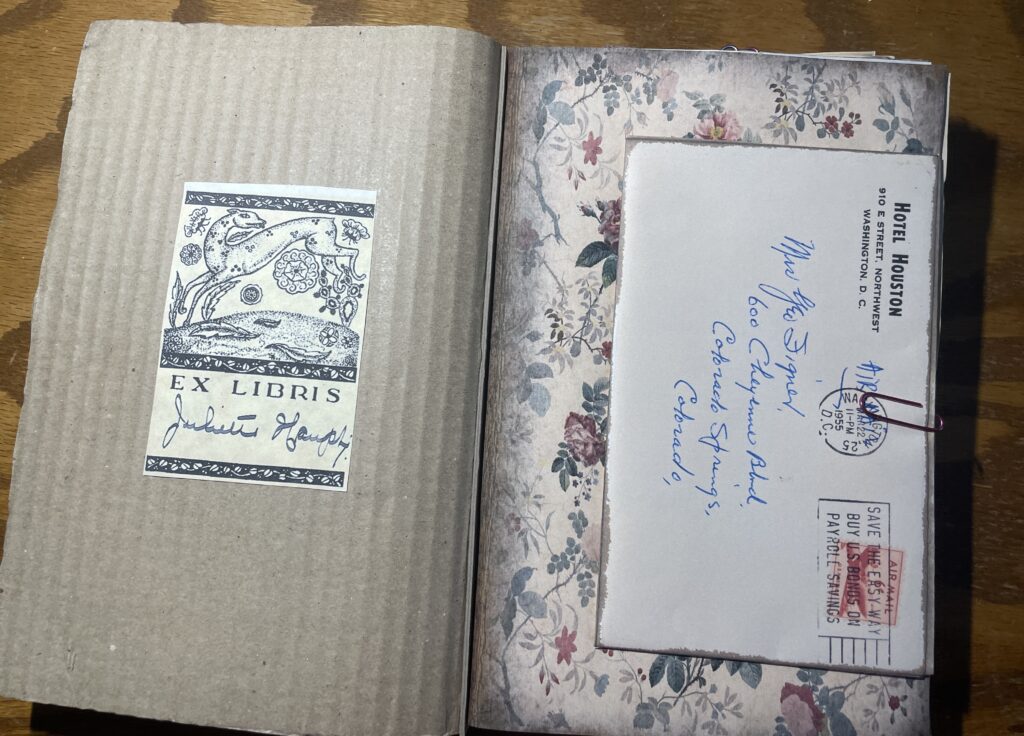
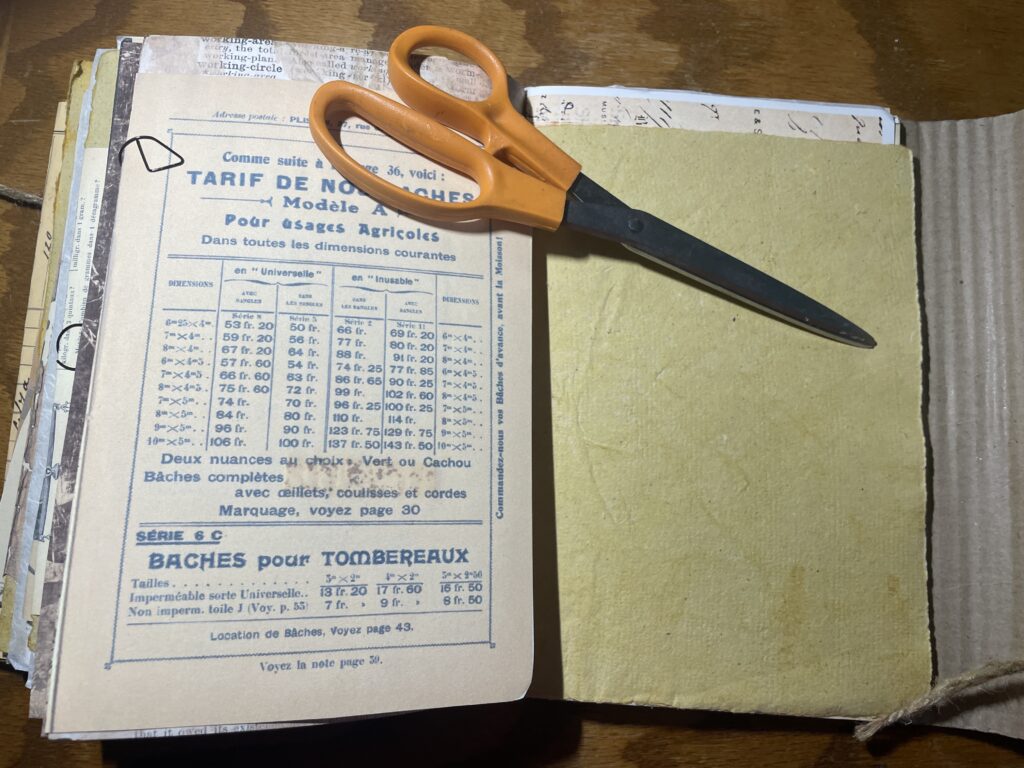
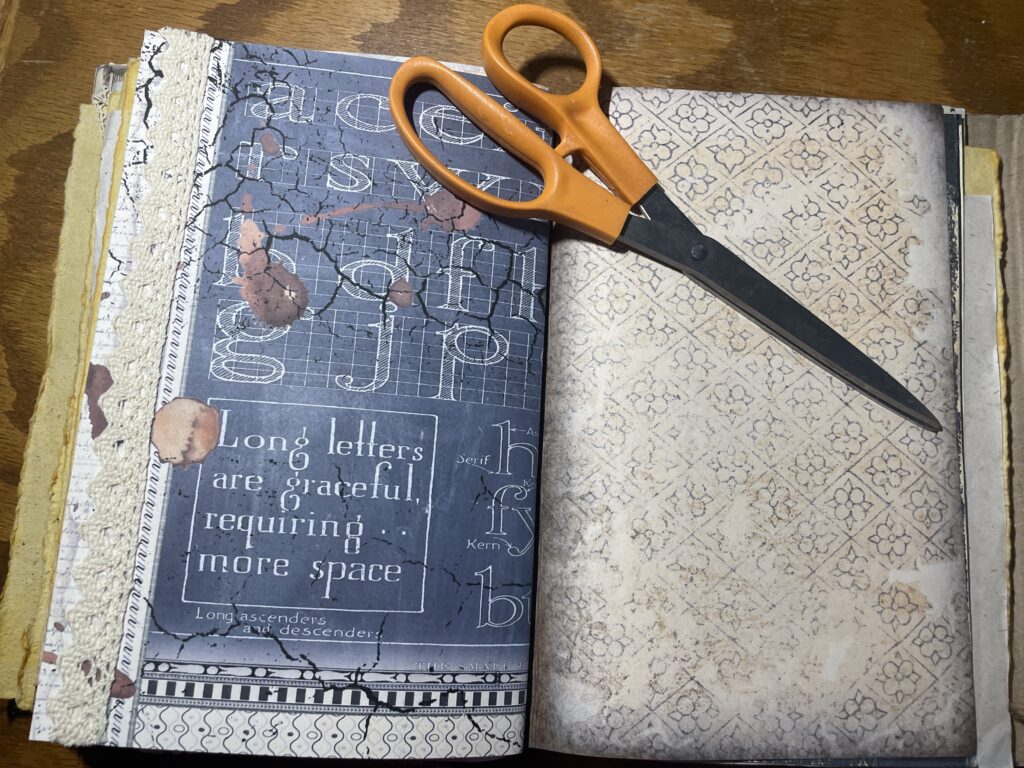
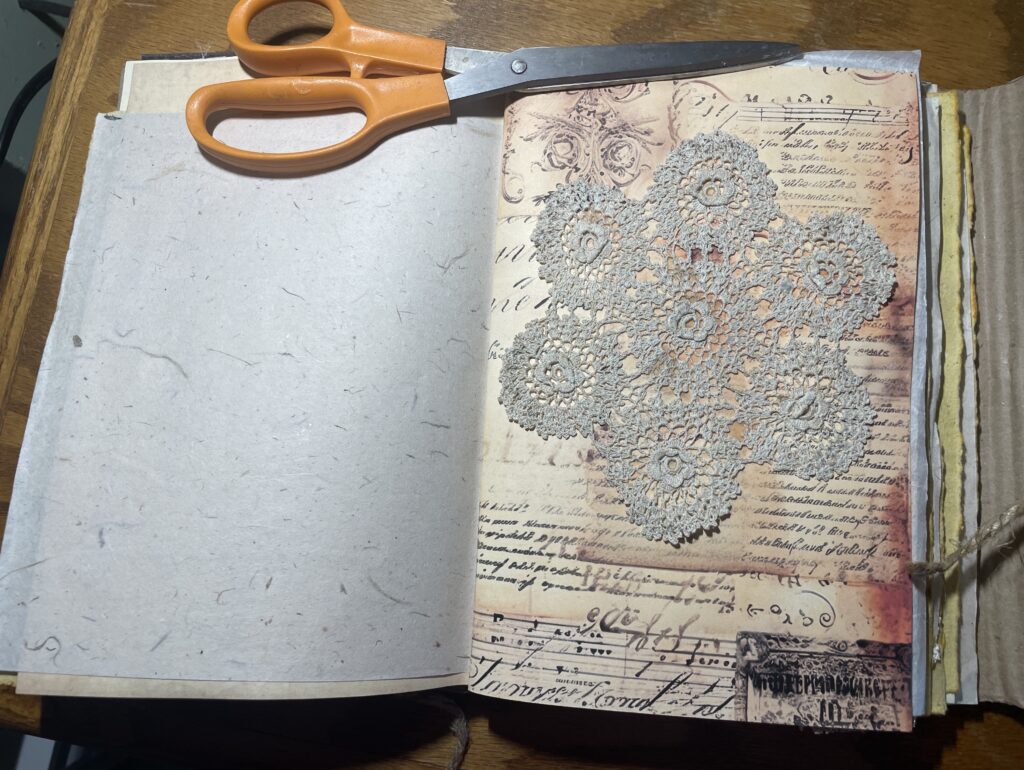
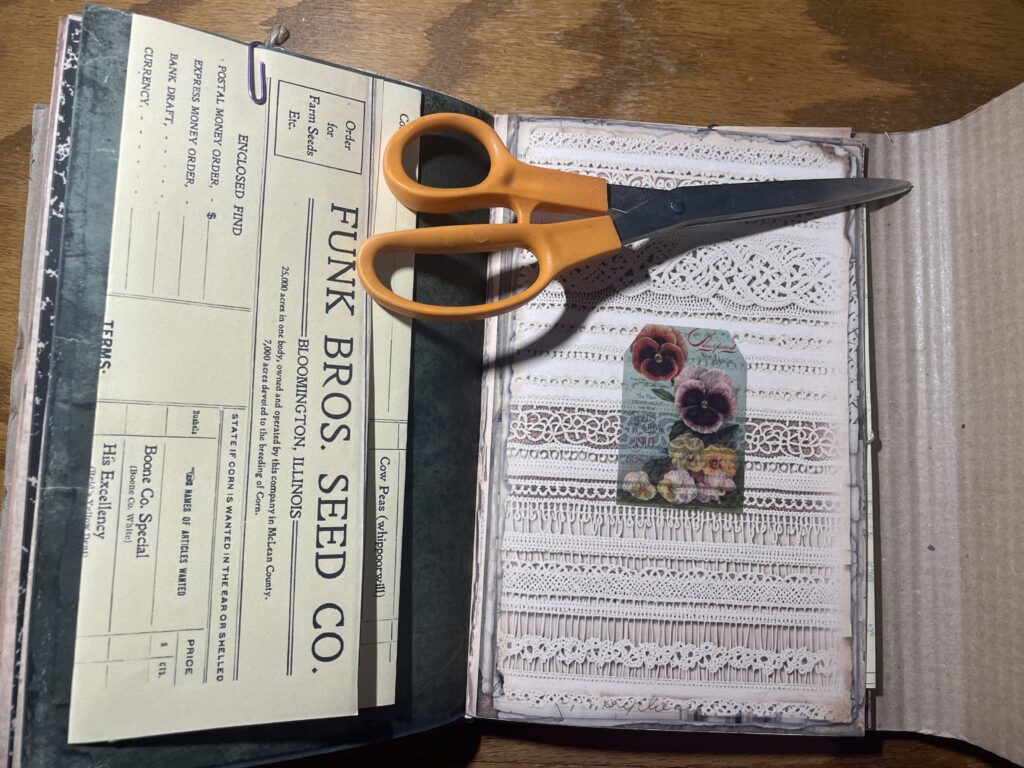
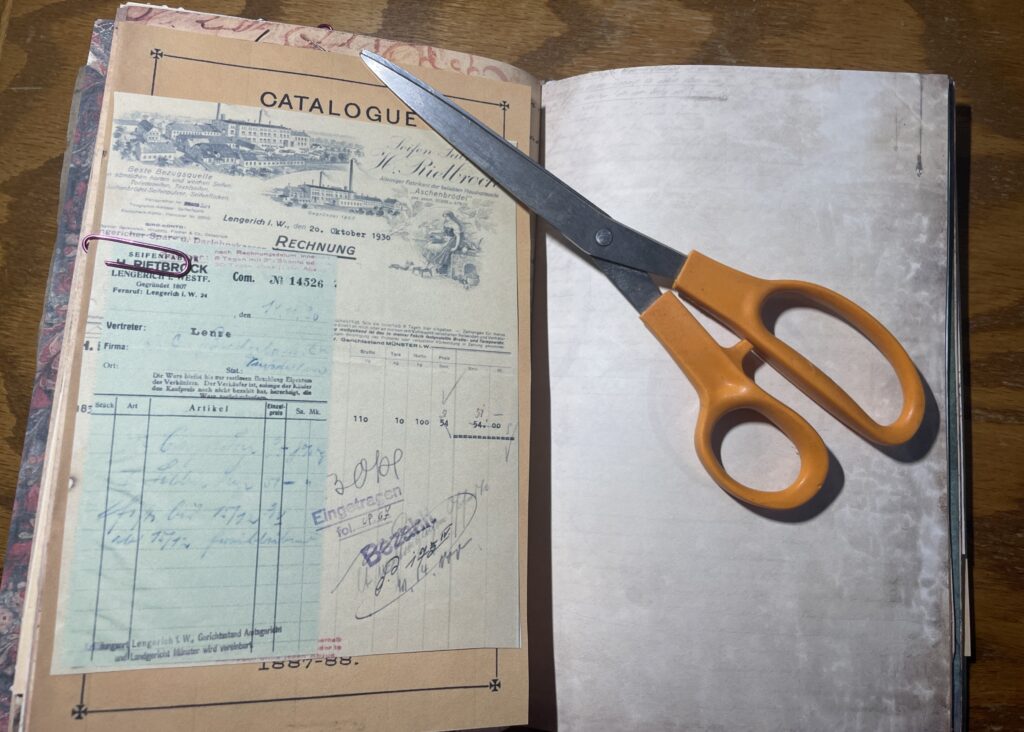
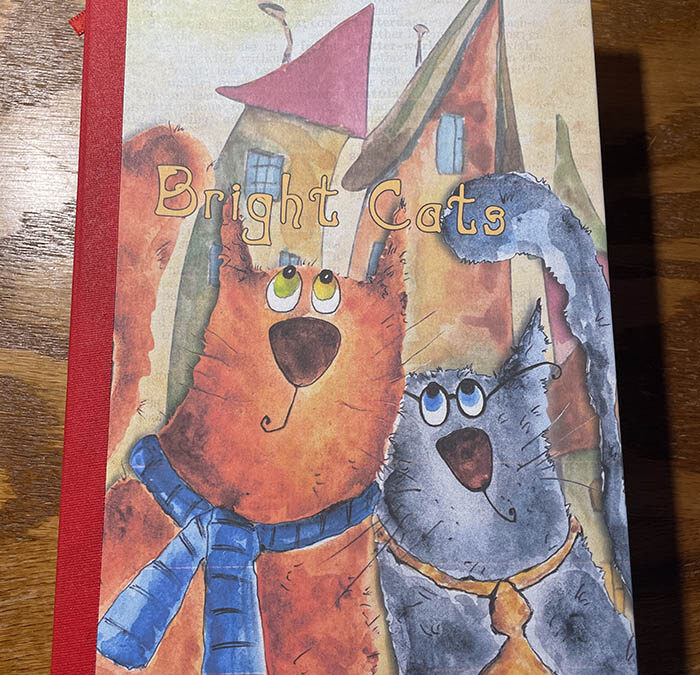
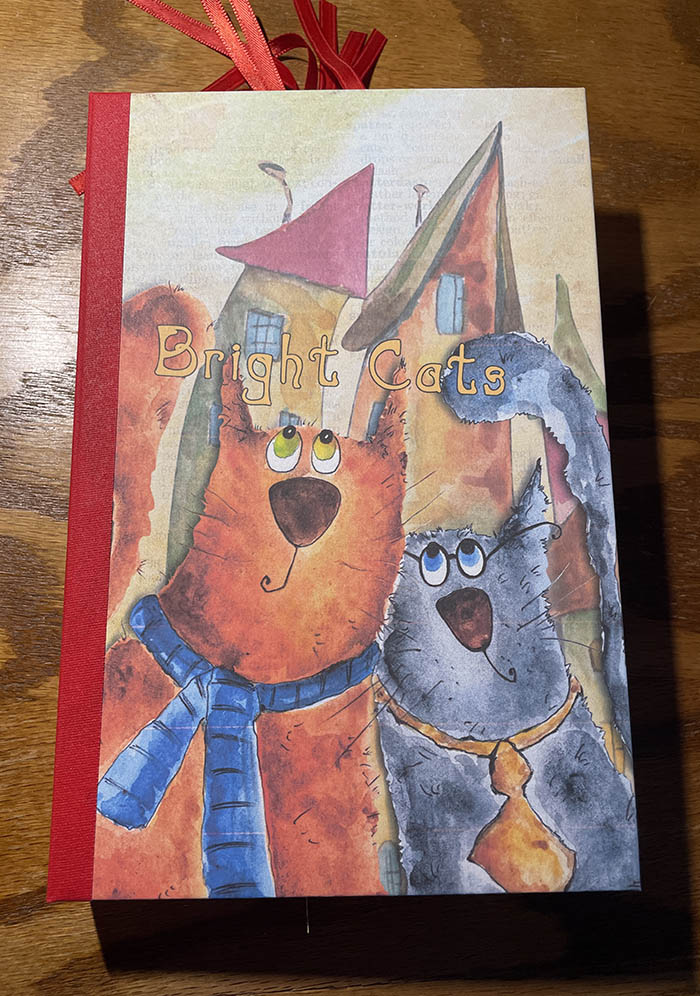
The first kind of journals I make are the simplest versions. I source artwork with pages and ephemera, which I print, cut up, then assemble with my own adaptations so the journal is ready to use. The recipient can then move the ephemera and pages to tell a different story.
These journals are usually based on a popular topic such as a new baby, travel, pets, food and drink. every so often I go off in a new direction, for example, last year went on a more gothic and spooky route. Here is a small sample of such journals:
